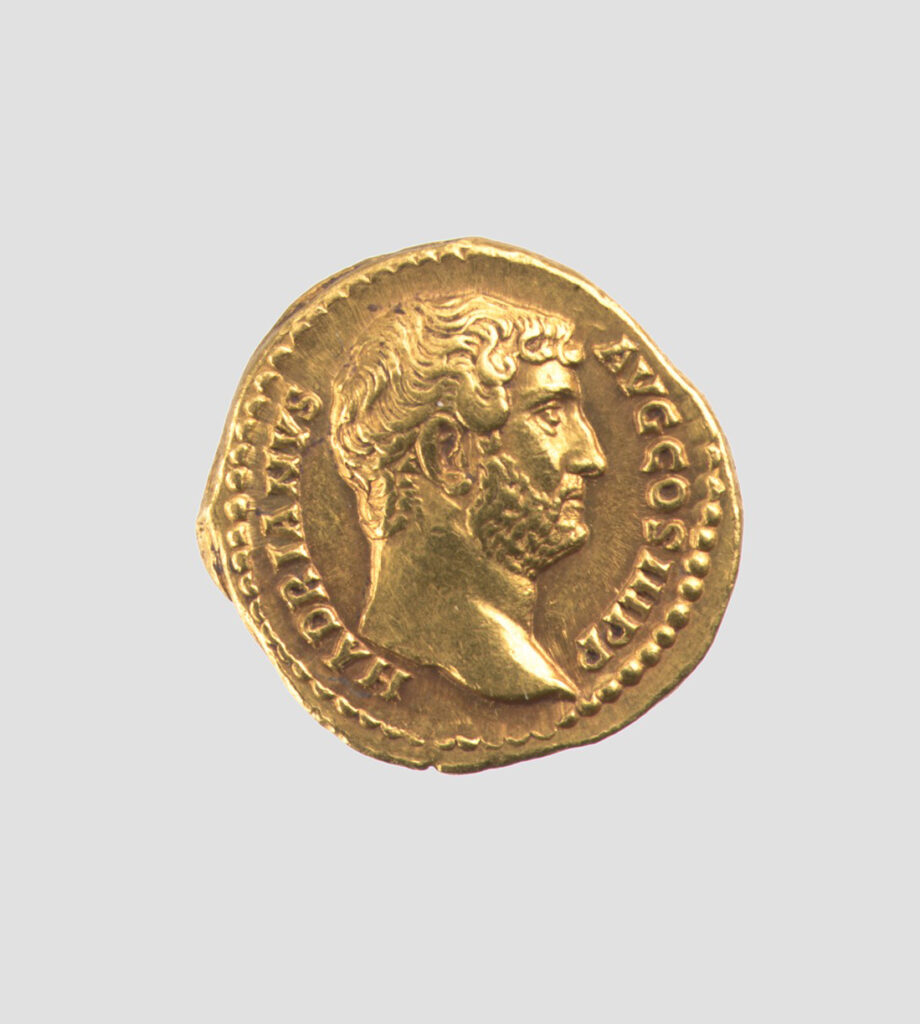Coins have always been a fascinating aspect of history, serving as tangible artifacts that provide insights into the cultures and civilizations of the past. Among the most captivating of these are Roman coins, which offer a glimpse into the world of ancient Rome and its vast empire. From their designs to their materials, Roman coins hold a wealth of information waiting to be discovered.

What Were Roman Coins Made Of?
Roman coins were crafted from various materials, each with its own significance. The earliest Roman coins, known as aes grave, were made of bronze or copper. These coins were hefty and often irregular in shape. As Rome expanded its influence, silver became the preferred material for coins, with the denarius emerging as one of the most iconic denominations. Gold coins, such as the aureus, were also minted, primarily for larger transactions and to pay soldiers.
Designs and Symbolism
The designs of Roman coins were rich in symbolism, reflecting the values, beliefs, and leaders of the time. One common motif found on many Roman coins was the image of the emperor. Emperors often depicted themselves on coins, showcasing their power and authority. Additionally, various gods and goddesses from the Roman pantheon appeared on coins, symbolizing protection, prosperity, and divine favor.
Inscriptions and Legends

Roman coins were adorned with inscriptions and legends, providing valuable information about their origin and purpose. These inscriptions typically included the name of the issuing authority, such as the emperor or the mint where the coin was produced. Some coins also featured slogans or messages intended to convey political or ideological messages, serving as a form of propaganda.
Minting Process
The minting of Roman coins was a meticulous process that involved skilled craftsmen and advanced technology for the time. Coins were struck using engraved dies, which were molds with intricate designs carved into them. These dies were used to imprint the designs onto blank metal discs, resulting in coins with precise images and inscriptions. The minting process was often centralized, with mints located in various cities across the empire.
Circulation and Use
Roman coins were essential for daily transactions and played a crucial role in the economy of the empire. They were used to pay taxes, purchase goods and services, and reward soldiers and officials. The widespread circulation of Roman coins facilitated trade and commerce, helping to strengthen the empire’s economy and maintain its dominance over vast territories.
Evolution Over Time
The design and production of Roman coins evolved over time, reflecting changes in political, social, and economic landscapes. During the Republic period, coins typically featured images of gods, goddesses, and symbols of Roman virtues. With the rise of the Roman Empire, the focus shifted to portraits of emperors and their achievements. As the empire expanded, so did the variety of coin denominations and designs, showcasing the diversity and complexity of Roman society.
Legacy and Influence
The legacy of Roman coins extends far beyond the borders of the ancient empire. Even today, these artifacts continue to captivate historians, collectors, and enthusiasts around the world. The durability of Roman coins has ensured that many examples have survived to the present day, providing valuable insights into the past. Moreover, the imagery and symbolism found on Roman coins have influenced art, literature, and culture for centuries, shaping our understanding of the ancient world.